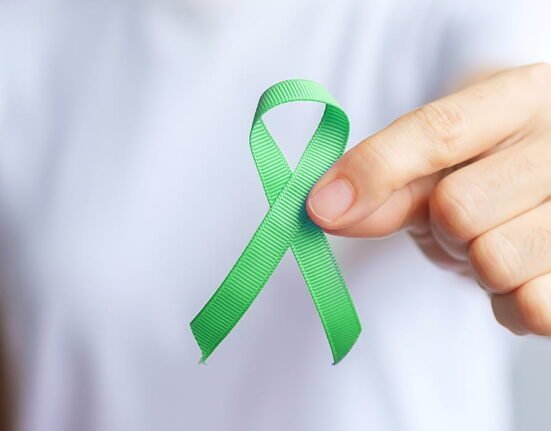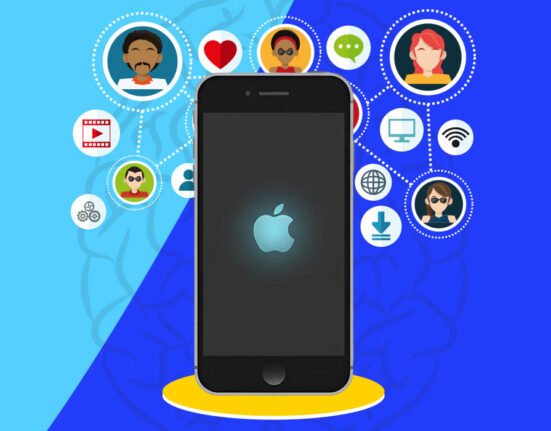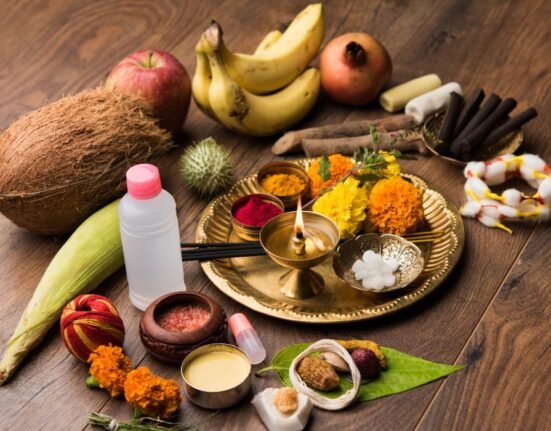In this hyper-connected age, ambition is no longer a choice. It’s an obligation. And rest, once self-intuitive and standard, has become a curated and deliberate act. While people swipe endlessly through feeds that fete constant productivity or serene polish, they find themselves stuck in a strange middle ground. Burned out? No. Relaxing? No. A latent thought hovers in the background, manifesting on sleepless nights or early dawns: “I should do more.” This internal demand has become louder over time, defining how people engage with themselves, their time, and even their worth. And in a time when everything is documented, compared, and judged on the Internet, it’s no wonder that being productive and personal self have become increasingly intertwined.
Hustle Culture
Hustle culture runs on a simple principle. Your time needs to be well-spent, your productivity needs to be evident, and your value is closely linked to your accomplishments. It sanctions people who forego sleep, skip rest days, and convert all their hobby into a marketable skill. The mantra is explicit. Continuously build. Continuously optimize and churn.
Social media reinforces this attitude. Sites like LinkedIn and X have infinite posts about waking up at five in the morning, working two jobs, or starting companies before turning thirty. These stories make doing less unsatisfactory and taking a break are judged in hushed tones. Ambition becomes a spectacle, not merely a personal aspiration.
Psychologists Crocker and Wolfe (2001) refer to this as contingent self-esteem. When your self-esteem is linked to how well you perform, even resting becomes a failure. Rest no longer offers relief. Instead, you find yourself feeling uncomfortable, guilty, and even. You start to link a lack of busyness with a lack. This is what people these days call toxic productivity. You may be getting things done on the outside, but on the inside, you’re feeling like you’re still behind.
When Healing Becomes a Public Ritual
This is different from the wellness world. A slower pace, a softer tone. These influencers here fete calm, alignment, and listening to your heart. These feeds are stocked with deep breathing, healthy grub, positive affirmation, and meditational practices that are effortless and aspirational.
Gill and Orgad (2018) argue that self-care’s become commodified and aesthetic. People are asked to Instagram their recovery rituals. Journals, candles, teas, yoga poses, and skin rituals are part of a well-curated persona. And so rest itself looks like something to “get right.”
Pressure creeps in on tiptoe. You find yourself comparing your downtime with someone else’s. You question why your journaling can’t feel that deep, or why your meditation can’t give you clarity. When recovery’s become a regimen that needs to look a certain way, recovery stops becoming recovery at all.
Living Between Two Ideals
What this creates is a kind of tug-of-war on an emotional scale. Part of you needs to work harder, do more, and stay ahead. Part of you needs to slow down, reflect, and breathe. And neither part of you can do this comfortably anymore. Working too much makes you tired and restless. Resting too much makes you restless and behind. And somehow, you can’t help but wonder how everyone else can do both and do them both well.
E. Tory Higgins, a psychologist, created the self-discrepancy theory in 1987 to explain this internal contradiction. It claims that emotional suffering arises when there is a gap between who you are, who you thought you were, and who you believe you should be. On social media, these disparities expand. You are bombarded with photos of people who do everything just so. Their standards become silent, by which yours fall short.
Social comparison theory, named by Festinger (1954), supports this. We compare ourselves to other people to determine exactly where we fall. However, when you only observe filtered images of someone else’s life, these comparisons become skewed. You don’t observe efforts. You observe outcomes, and when you understand better, you believe you fall behind.
The Quiet Pressure of Digital Intimacy
The false sense of intimacy that influencers promote is one factor contributing to how restrictive this pressure is. These individuals share morning rituals, personal insights, and candid thoughts and emotions that are truly personal and illuminating. This creates a parasocial relationship over time. According to Abidin (2018), this is a one-on-one emotional bond that feels genuine and profound, even if it isn’t necessarily reciprocal.
Thanks to this intimacy, their success becomes personal. If they have discovered their solution, why can’t you? You begin using their tricks, routines, and even attitudes, believing that these represent secrets to getting ahead. When your results don’t match theirs, blame doesn’t land on the system. It centres on you. You determine that you’re the problem.
The Emotional Cost of Allowing
This pressure builds insidiously. You may think you’re pushing yourself at first. But as time passes, it takes its toll on mental health. Burnout becomes a presence—not just on the work front, but in personal growth, emotional control, and even your relationship with rest. Maslach and Leiter (2016) refer to burnout as a combination of emotional exhaustion, distance, and a dwindling sense of success. It becomes hard to feel good about yourself, no matter what you do.
Perfectionism becomes a pervader as well. Flett and Hewitt (2002) refer to maladaptive perfectionism, where tiny spots are viewed as big setbacks. When this type of thinking is applied to your rest or self-care regimen, a sense of insufficiency develops. You judge yourself not only on what you’re doing, but on how you’re doing it—during rest, naturally.
And there are other consequences as well. One Keles, McCrae, and Grealish (2020) found in a study that there’s a correlation between social media use and increased anxiety and depression, and that this is worst among young adults. Long-term exposure to curated lives and high-achievement others makes acceptance of your own pulse hard. Even if your thoughtful self knows it’s all photoshopped, your emotions still internalise the cost of comparing yourself.
A Way Out of the Loop
So, how do you break out? It starts with self-detection. Ask yourself if you’re moving from intention or mimicry. Are you doing something because it creates clarity and happiness, or because someone else discovered their technique worked? Productivity and Self-care are okay. It’s when both become staged that things become issues. It’s not about becoming a master at recovery or productivity, no matter what. This is about feeling human again. Transition from pressure to peace. Choose rest because you need to, not because someone told you to.
This is self-compassion. Kristin Neff (2003) describes it as a practice of greeting your pain and failure with kindness rather than judgment. It involves permitting yourself to not have to do everything perfectly, not have to do everything you could have been doing, and not have everything figured out. When that inner voice says, “You should do more,” self-compassion offers a different response. “Maybe what I’ve been doing was enough.” Being intentional with your digital world can help you as well. Chou and Edge (2012) found that constant comparisons online led to feelings of inferiority and dissatisfaction. So unfollow people who bring you down, take breaks, and make your feed a calmer place.
You Are Not Falling Behind
Pressure to do more and become more is not your fault. It’s a byproduct of a world that broadcasts curated existences as everyday life. Hustle culture demands you stay ahead. Wellness culture requires you to remain at rest. When both show up with expectations, even your best self can feel in violation. There is another path. One that accepts stillness as okay and aspiration as possible without self-erasure. It begins with listening. This is no weakness. This is a balancing act.
FAQs
1. What is hustle culture?
Hustle culture glorifies constant productivity and ties self-worth to how much you achieve. It often leads to burnout and guilt during rest.
2. Why do wellness influencers cause pressure instead of relief?
Their curated content makes healing look perfect and performative. This creates new standards that feel hard to live up to.
3. Why do I feel like I’m not doing enough?
Social media fuels constant comparison with others’ highlight reels. This triggers guilt and the belief that you should be achieving more and have more productivity.
4. What is toxic productivity?
It’s the compulsive need to stay busy, even when exhausted. Rest starts feeling like failure instead of recovery.
5. What is a parasocial relationship?
It’s a one-sided emotional bond with influencers. Their routines feel personal, making their standards feel like expectations.
6. How does this affect mental health?
It can lead to anxiety, burnout, low self-esteem, and perfectionism. The pressure to “do more” becomes emotionally draining.
7. How can I deal with this pressure?
Practice self-compassion and limit comparison. Choose habits that feel right for you, not just what looks right online.
References +
References +
- Abidin, C. (2018). Internet celebrity: Understanding fame online. Emerald Publishing Limited.
- Chou, H. T. G., & Edge, N. (2012). “They are happier and having better lives than I am”: The impact of using Facebook on perceptions of others’ lives. Cyberpsychology, Behavior, and Social Networking, 15(2), 117–121. https://doi.org/10.1089/cyber.2011.0324
- Crocker, J., & Wolfe, C. T. (2001). Contingencies of self-worth. Psychological Review, 108(3), 593–623. https://doi.org/10.1037/0033-295X.108.3.593
- Festinger, L. (1954). A theory of social comparison processes. Human Relations, 7(2), 117–140. https://doi.org/10.1177/001872675400700202
- Flett, G. L., & Hewitt, P. L. (2002). Perfectionism and maladjustment: An overview of theoretical, definitional, and treatment issues. In G. L. Flett & P. L. Hewitt (Eds.), Perfectionism: Theory, research, and treatment (pp. 5–31). American Psychological Association.
- Gill, R., & Orgad, S. (2018). The amazing bounce-backable woman: Resilience and the psychological turn in neoliberalism. Sociological Research Online, 23(2), 477–495. https://doi.org/10.1177/1360780418769673
- Higgins, E. T. (1987). Self-discrepancy: A theory relating self and affect. Psychological Review, 94(3), 319–340. https://doi.org/10.1037/0033-295X.94.3.319
- Keles, B., McCrae, N., & Grealish, A. (2020). A systematic review: The influence of social media on depression, anxiety and psychological distress in adolescents. International Journal of Adolescence and Youth, 25(1), 79–93. https://doi.org/10.1080/02673843.2019.1590851
- Lynch, M. (2022). Toxic productivity: Redefining success in a burnout culture. Balance Publishing.
- Maslach, C., & Leiter, M. P. (2016). Burnout: A multidimensional perspective. Psychology Press.
- Neff, K. D. (2003). Self-compassion: An alternative conceptualisation of a healthy attitude toward oneself. Self and Identity, 2(2), 85–101. https://doi.org/10.1080/15298860309032













Leave feedback about this